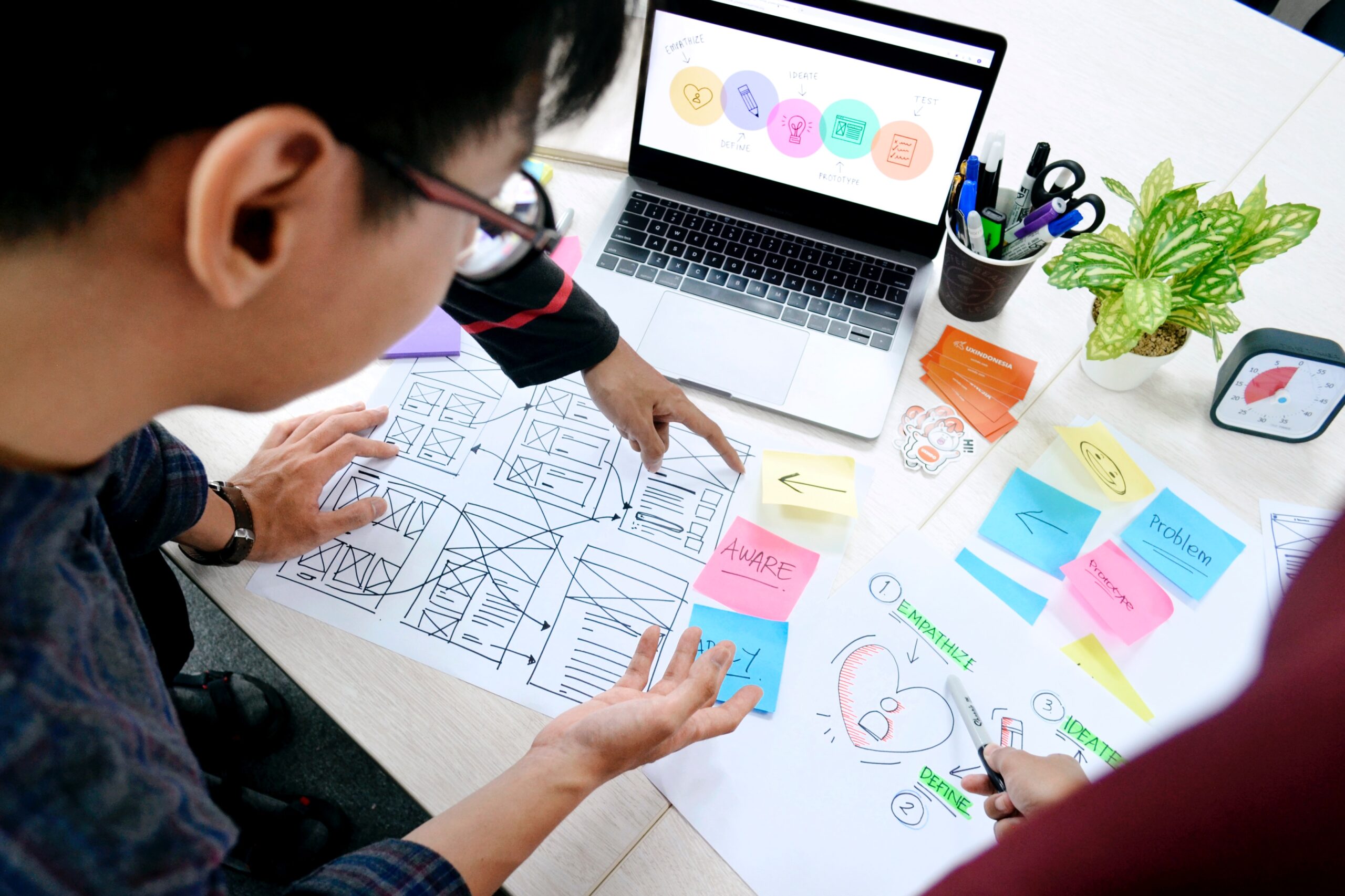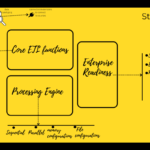Design Thinking: thinking outside the box
Design Thinking is not just for designers. It is for anyone and everyone who wishes to unleash their creativity, open up their minds to challenge their own assumptions, and innovate. Some of the world’s leading brands, such as Google, Apple, Samsung, and many more have rapidly adopted the Design Thinking approach, do you know why?
In this article, we’ll get to know about what is Design Thinking, some misconceptions, and how some organizations fail to truly understand the power of design thinking for innovation.
What is Design Thinking?
It is a Human-centered approach to innovation, an iterative process to understand customer needs and develop better products and services. You need to reframe the problem in a user-centered way. It provides us tools for brainstorming sessions and experimentations.
Design Thinking helps you detach from specific behavioral norms (“That’s how it’s always done”) to develop new ways of seeing, understanding, and solving problems.
The intention is to improve products by understanding how users interact with products and investigating the conditions in which they operate. To think outside the box is to challenge our previous thinking patterns and assumptions to uncover new ways of improving products and services. It is a user-centered approach where we immerse ourselves in user’s experiences to uncover deeper insights.
“ We can’t solve the problems by using the same kind of thinking we used when we created them” – Albert Einstein
A nonlinear process
Design Thinking is an iterative and non-linear process. It contains phases as follows: Empathize to get real insights about user needs, Define – your user’s needs and their problems, Ideate – by challenging assumptions and creating ideas for innovative solutions, Prototype, and test– to start creating solutions and test them with real users as a means to test the feasibility of your ideas.
“Fail early and fail often”
When you are building for the end-user. You want the user to handle the prototype and experience it by themselves. This is the stage where complete involvement of the user is necessary for success.
Design thinking myths
- Design thinking is risky.
By encouraging teams to create MVP and keep on adding features or changes based on user testing and user feedback, Design Thinking helps to reduce the risk of failure. Design thinking is also a form of risk mitigation strategy to determine which ideas are worth taking to market and thus saving a lot of time and resources spend on redoing projects.
In a study conducted by The Design Management Institute, design-led companies in the United States outperformed the S&P by over 200% (2015).
“Failure is an option here. If things are not failing, you are not innovating enough.” — Elon Musk
- Design thinking is just the same as something we’ve always done.
In a traditional approach, the process starts with a solution in mind, Design Thinking tries to explore the problem space first before thinking about solutions.
| Traditional Approach | Design Thinking Approach |
| Scared of failure | Learning from failure |
| Reports and documentation | Show don’t tell |
| Focuses on solutions | Focuses on exploring problem space before thinking about solutions. |
| “How” and “What”. | Thinking of “Why” before working on “How” and “What” |
| No involvement of end-user | Human-centered and continuous engagement of the user in the process |
- Design Thinking: A solution to every problem
Even though Design thinking is being adopted by various organizations around the world to bring innovative ideas to life but it might not work for a project with a hard and fast deadline, or for one with specific technical constraints nor it is a replacement for other approaches like agile, lean or DevOps but rather a compliment to them. Apply it where it makes sense!
The right mindset and right strategy are needed before thinking of applying the Design Thinking process to each and every project.
Summary
Design thinking is a human-centered approach that aims to change the products and services that are created. The idea is to find what a user really wants instead of making decisions based on assumptions. It is a “fail-fast and fail often” approach where engagement of the user in the process is crucial to success. And even though there are many benefits of the Design thinking approach it is not a cure-all, like any other framework or tool, it has a place in the process of solving a problem which when used with the right mindset can help with the exponential growth of an organization.
Add Comment
You must be logged in to post a comment.







